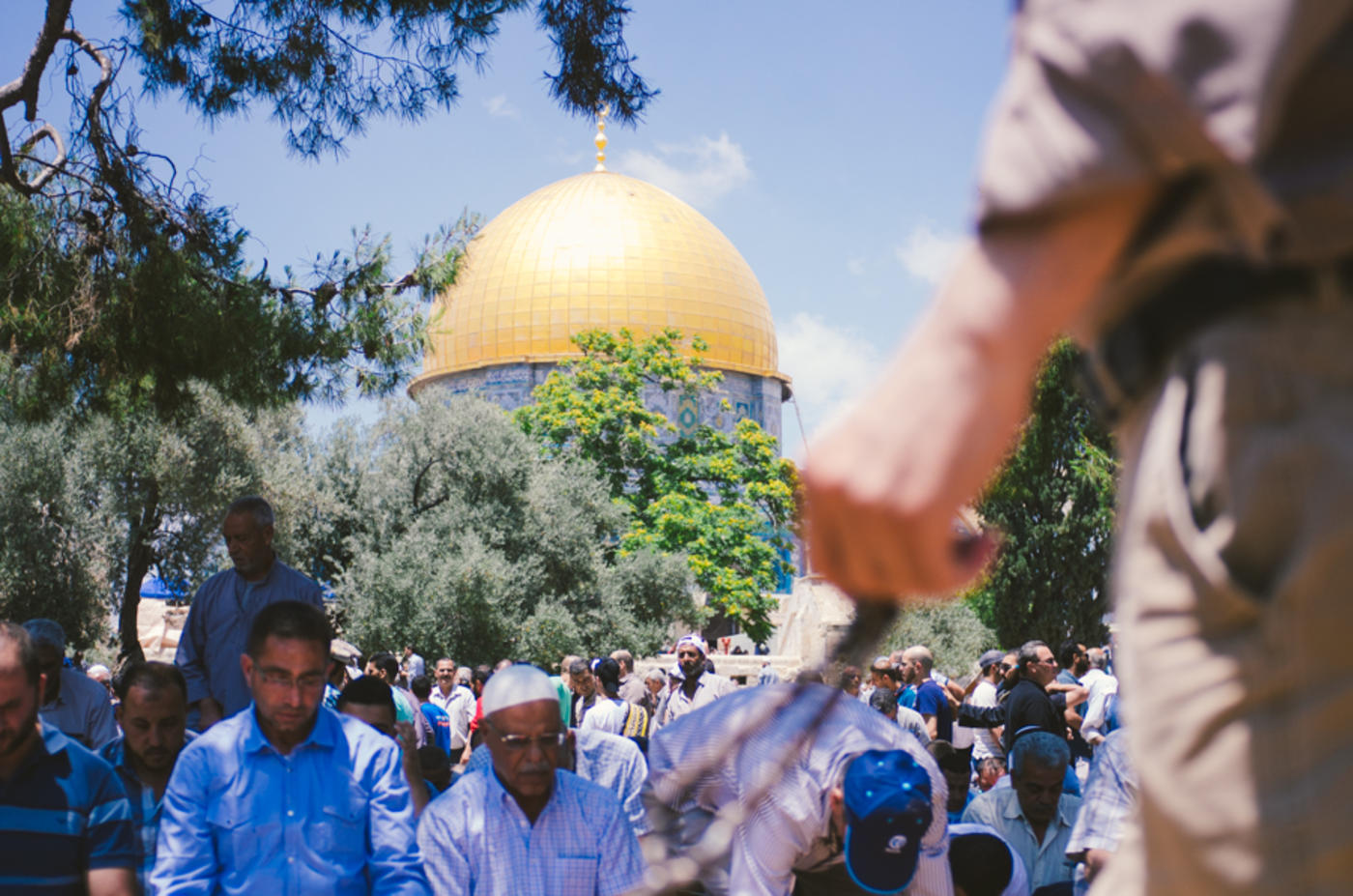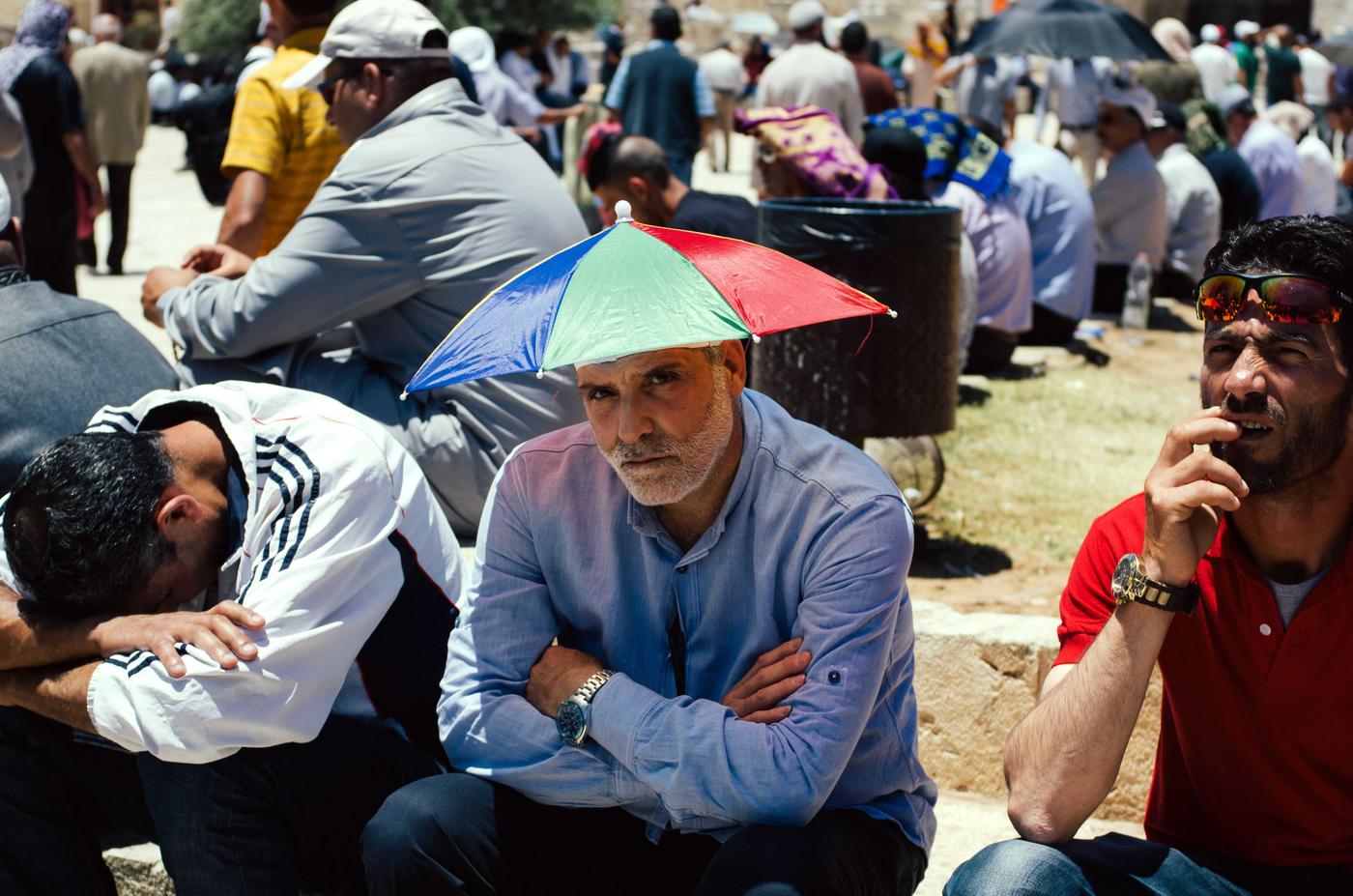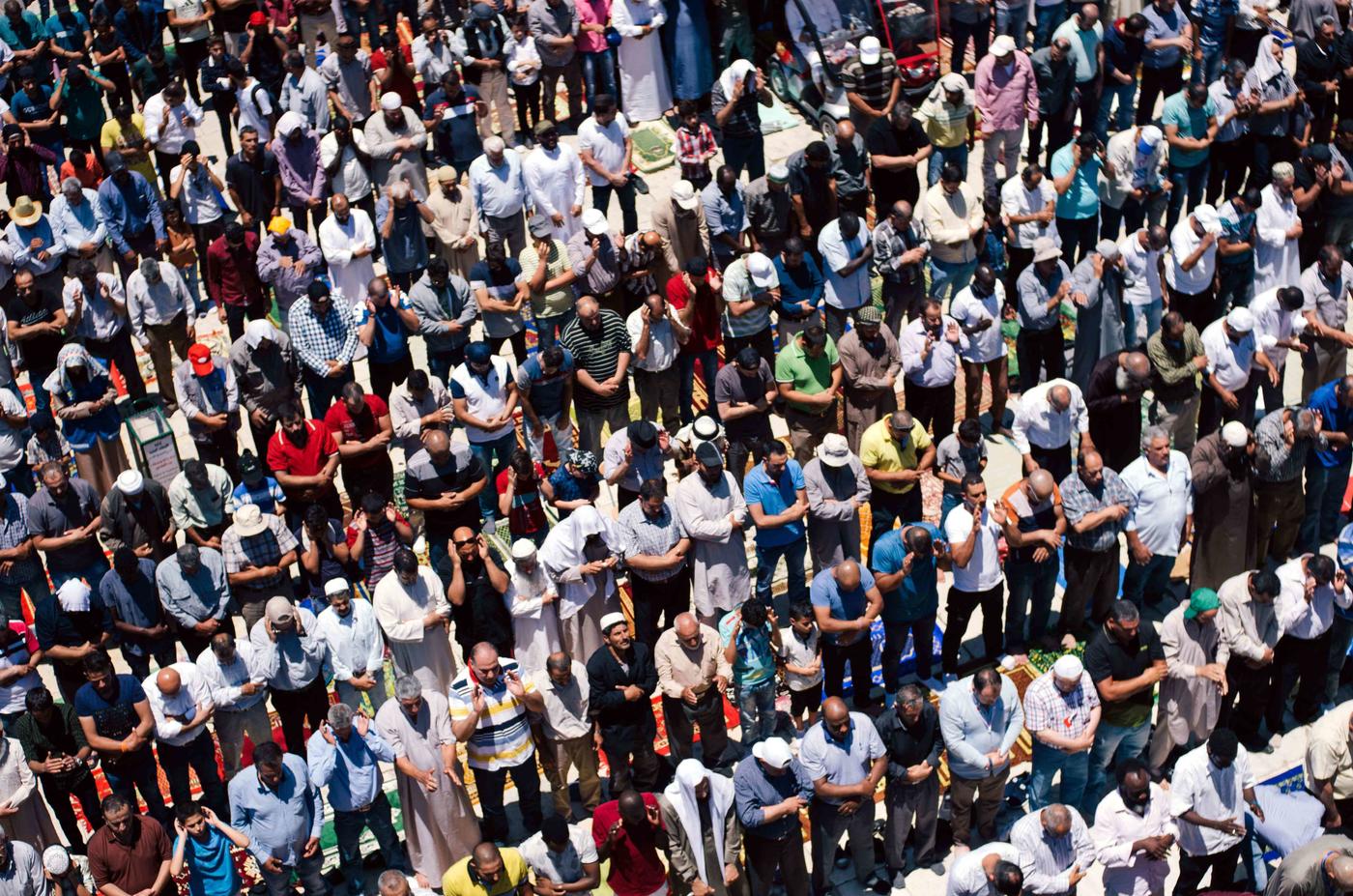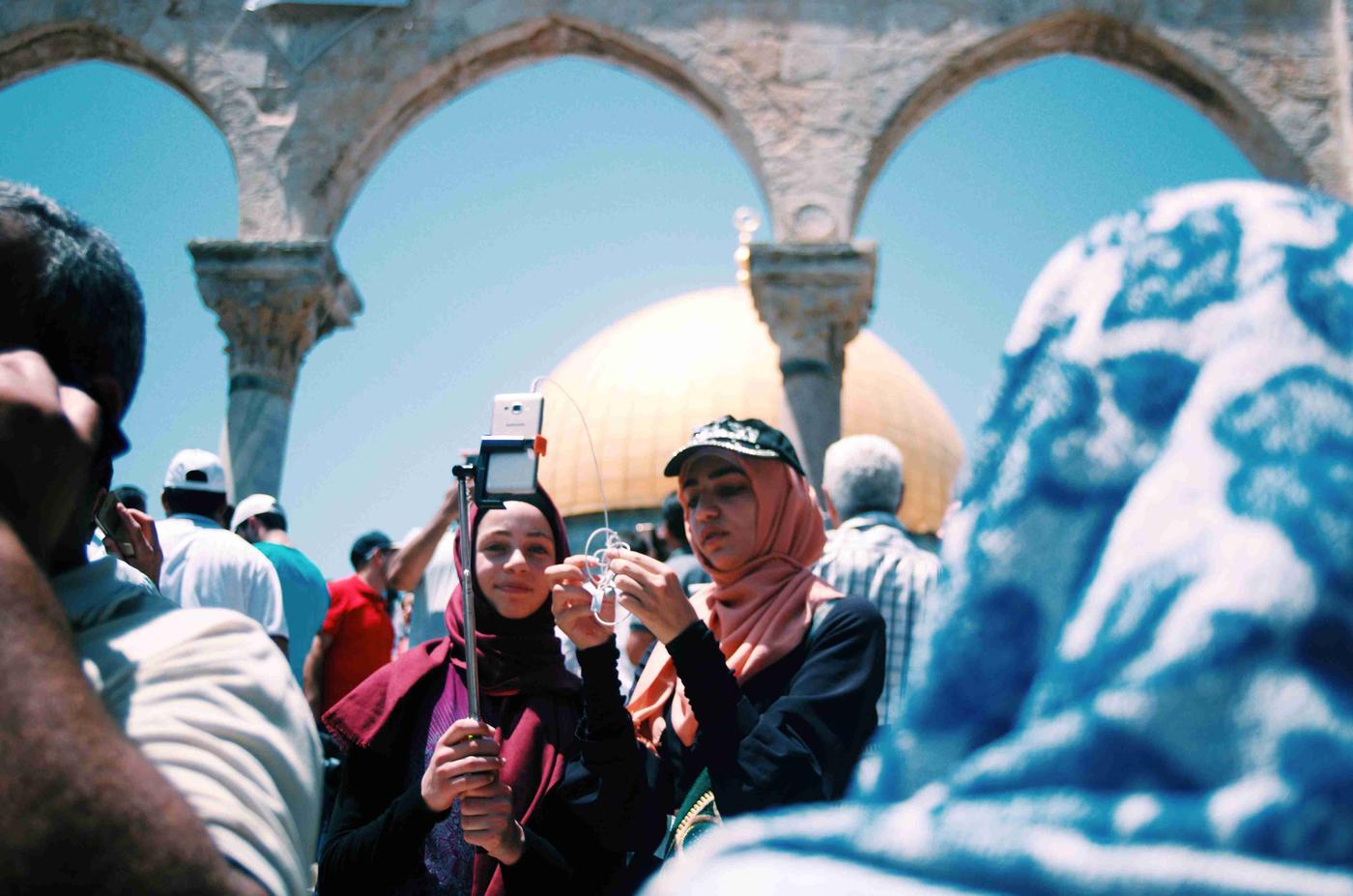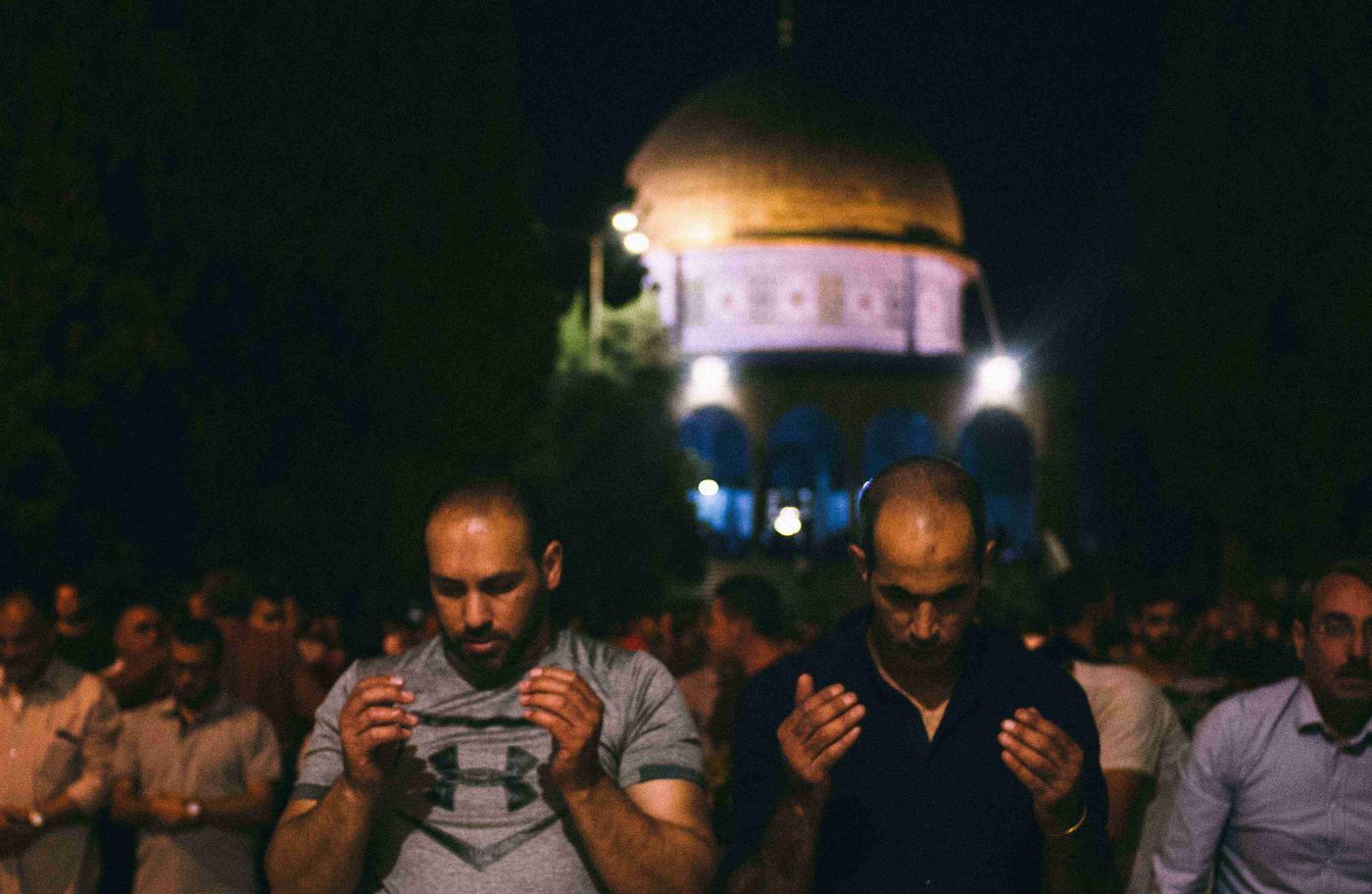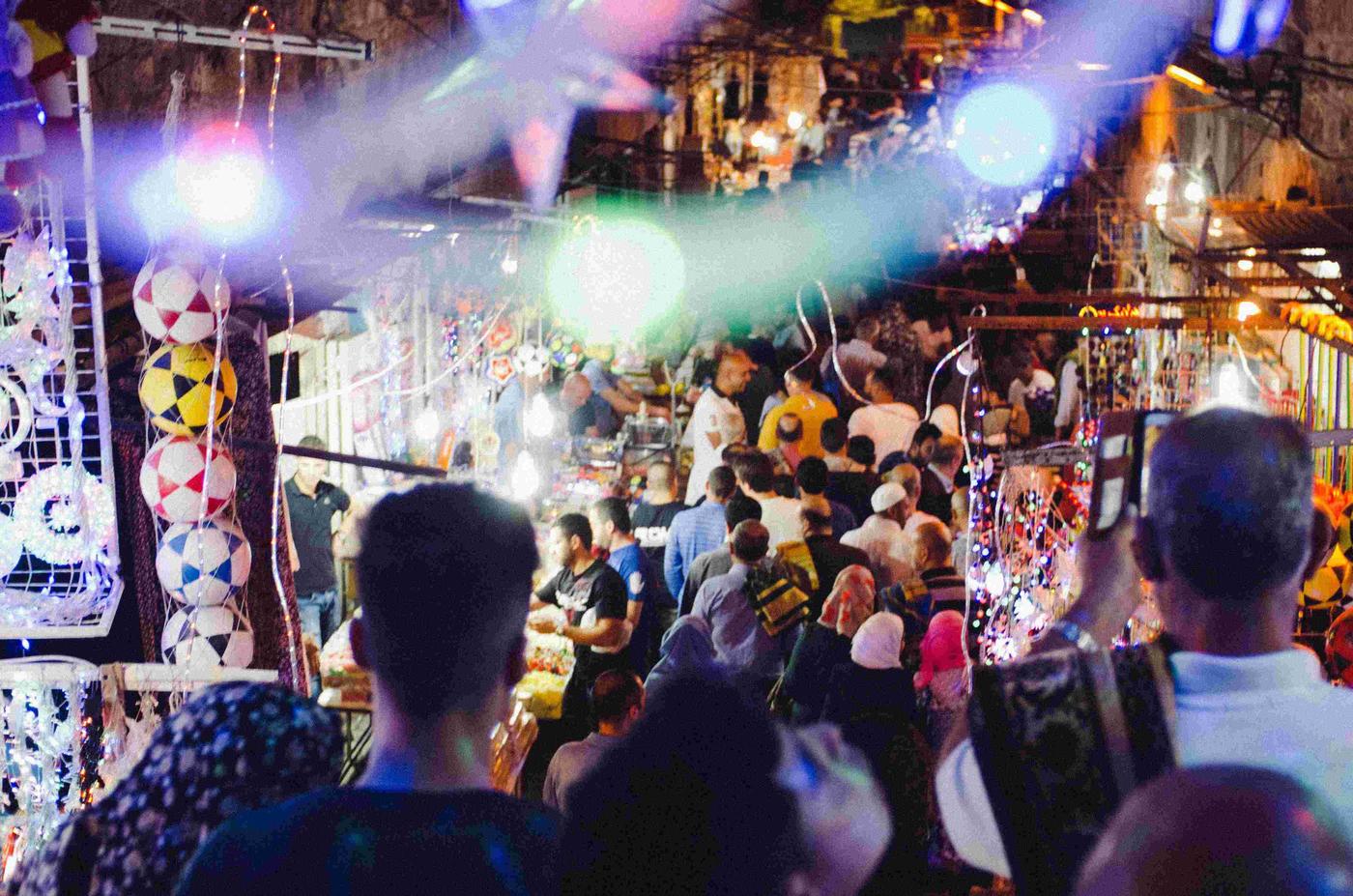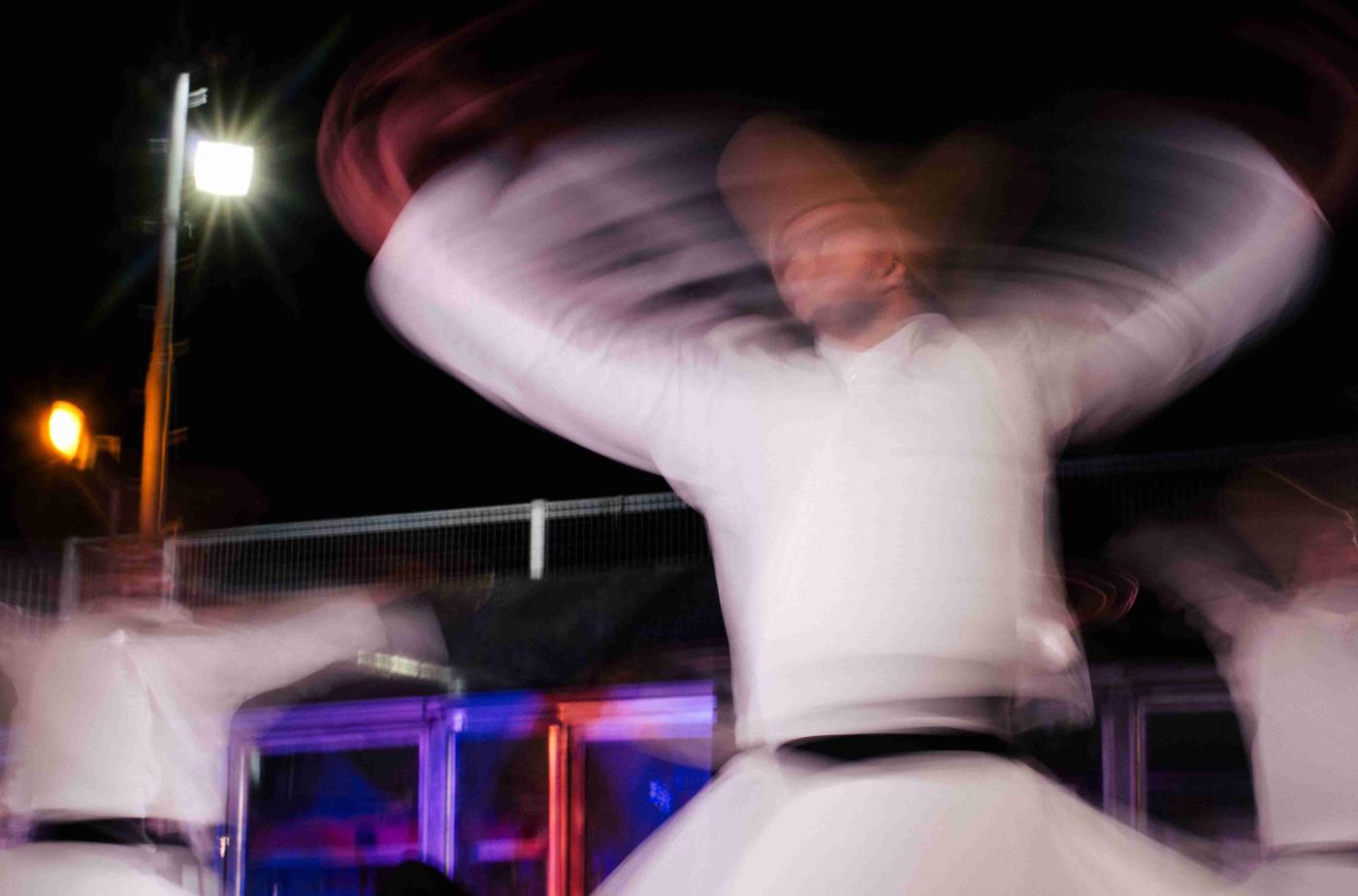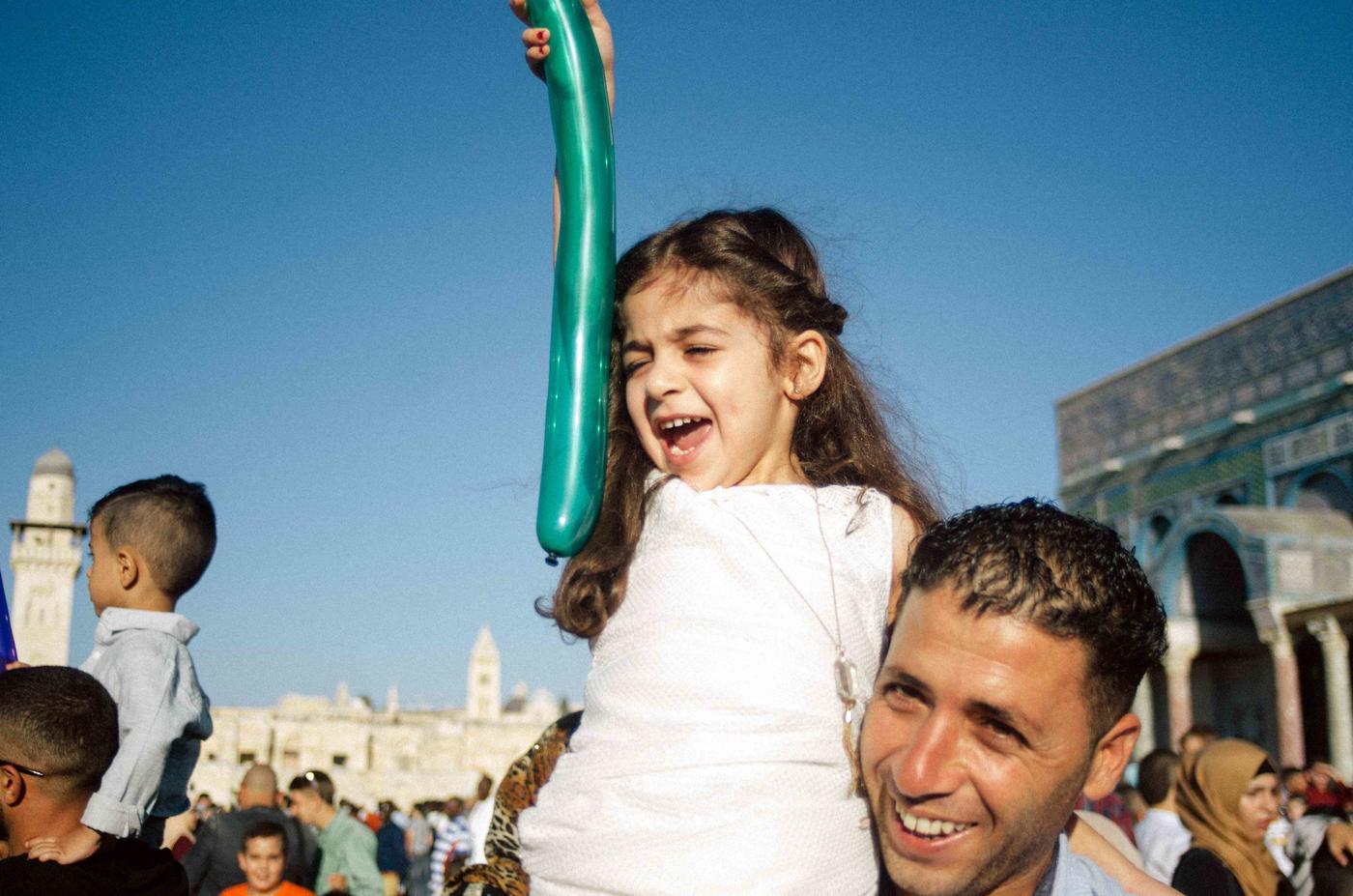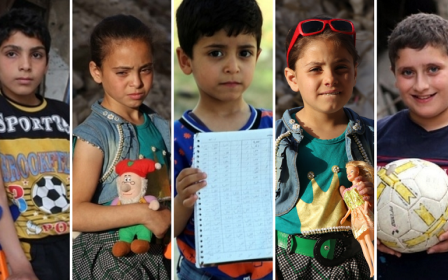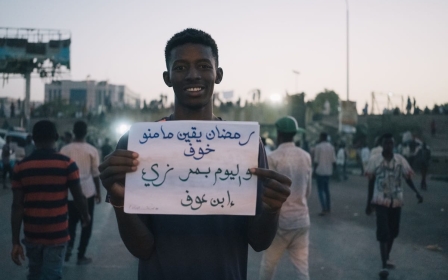Ramadan in Jerusalem's Old City: The heat, the prayers, the food
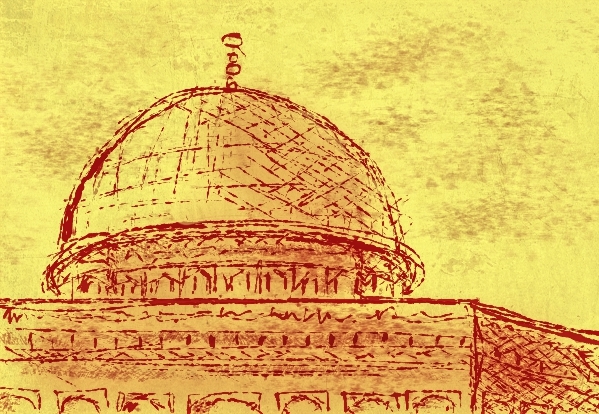
Ramadan in Jerusalem in pictures

New MEE newsletter: Jerusalem Dispatch
Sign up to get the latest insights and analysis on Israel-Palestine, alongside Turkey Unpacked and other MEE newsletters
Above: The separation wall cuts off the West Bank from the al-Aqsa mosque for much of the year. But come Ramadan and Muslim women, men aged over 50 and fortunate permit holders cherish the opportunity to pray inside the mosque. Afterwards, some mingle in its ancient courtyards while others offer extra worship (MEE/Kaamil Ahmed)
Above: On Ramadan Fridays, the rush for a shaded spot within al-Aqsa's vast courtyards begins early. Most have to settle for waiting under the midday sun, protecting themselves with towels, prayer mats or three-dollar umbrella hats sold in the market outside (MEE/Kaamil Ahmed)
Above: Many of the elderly shelter under centuries-old olive trees while fasting during the day, from where they greet relatives and neighbours as they pass by during the afternoon (MEE/Kaamil Ahmed)
Above: The dry and draining heat of Jerusalem in early summer can tough to cope with. Tanks of water are often brought into the area especially for Ramadan, as Palestinians squeeze and jostle to be drenched within range of the high-powered hoses (MEE/Kaamil Ahmed)
Above: The stone-paved courtyards beneath al-Aqsa disappear in a Friday underneath the bodies of an estimated 250,000 worshippers lining up to begin weekly Friday prayers (MEE/Kaamil Ahmed)
Above: Taking selfies in front of al-Aqsa has become a new Ramadan tradition after prayers for young Palestinians as they capture the moment many have waited years for in front of the national and spiritual symbol (MEE/Kaamil Ahmed)
Above: By night, the sun-baked courtyards in front of the Dome of the Rock have cooled, welcoming Palestinian worshippers who raise their hands during special nightly prayers (MEE/Kaamil Ahmed)
Above: The shops and markets in Jerusalem's Old City are usually shut by sunset amid security concerns. But during Ramadan they come alive again, as Jerusalemites freely shop, absorb caffeine and smoke shisha (MEE/Kaamil Ahmed)
Above: The daily fasting observed during the Muslim holy month also brings with it cravings for specific foods. After sunset, bakeries in the Old City churn out Barazeq, a thin biscuit-like snack covered with sesame seeds and baked in a wood-fired furnace (MEE/Kaamil Ahmed)
Above: Historically a hive of activity, Damascus Gate, the Old City’s largest entrance, is a sterile zone for much of the year, patrolled by dozens of armed Israeli soldiers who routinely prevent crowds congregating on its steps. But that changes come evenings during Ramadan, when hundreds of youths gather there every night, taunting the soldiers and drinking from paper cups of Arabic coffee and energy drink. (MEE/Kaamil Ahmed)
Above: The stone walls of the Old City were built by Ottoman ruler Suleiman the Magnificent, who reigned from 1520 until his death in 1566. The influence of the empire still remains: here, Turkish dervishes spin during a show which begins after post-fasting meal prayers (MEE/Kaamil Ahmed)
Above: After a long but special month comes the celebration of Eid, when children become the centre of attention, receiving biscuits and balloons and being entertained by clowns (MEE/Kaamil Ahmed)
This article is available in French on Middle East Eye French edition.
Middle East Eye delivers independent and unrivalled coverage and analysis of the Middle East, North Africa and beyond. To learn more about republishing this content and the associated fees, please fill out this form. More about MEE can be found here.


